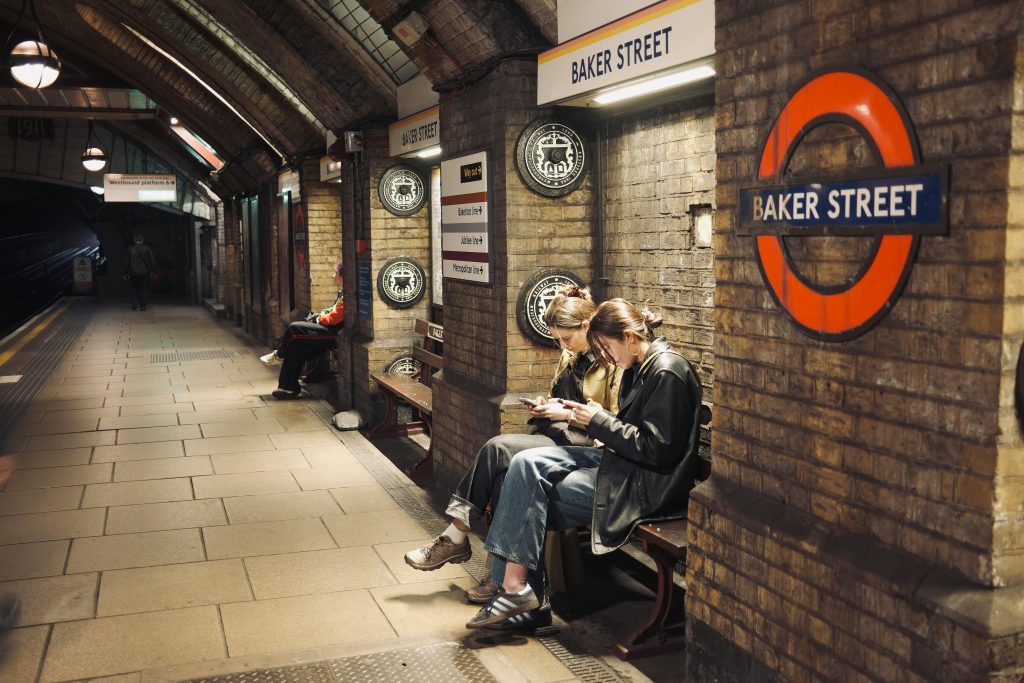
Getting Around in the U.S.: Subway, Bus, or Rental Car – Which is the Best Option?
Traveling in the United States requires careful planning, especially when it comes to transportation. The best mode of travel depends on your destination, budget, and personal preferences. Here’s a guide to help you choose between public transportation and rental cars for a smooth and cost-effective journey.

1. Public Transportation: Best for Cities
Major U.S. cities have well-developed public transportation systems, making them the most affordable and convenient option for urban travel.
- Subways & Trains (Best for: New York, Washington D.C., Chicago, Boston)
- Cost-effective, especially with unlimited ride passes.
- Avoids traffic congestion.
- Ideal for sightseeing in compact downtown areas.
- Drawback: Can be crowded during peak hours.
- Buses & Streetcars (Best for: Los Angeles, San Francisco, Seattle, New Orleans)
- Covers areas not served by subways.
- Usually cheaper than trains or taxis.
- Some cities have rapid bus transit for faster travel.
- Drawback: Can be slow due to traffic.
Cost Estimate: A single subway or bus ride typically costs $2–$3, while daily or weekly passes range from $5 to $30, depending on the city.
2. Ride-Sharing & Taxis: Best for Short-Distance Travel
If you prefer flexibility without the hassle of parking, ride-sharing services like Uber and Lyft are widely available.
- Best for short trips, airport transfers, and areas without public transit.
- More convenient than renting a car for urban stays.
- Can be costly for long distances or peak-hour rides.
Cost Estimate: A short ride (3-5 miles) typically costs $10–$20, while longer trips can exceed $50.
3. Rental Cars: Best for Road Trips & Rural Areas
For travelers exploring beyond major cities, renting a car is often the most practical choice.
- Ideal for visiting national parks, scenic routes, and rural areas.
- Offers flexibility and convenience for multi-city travel.
- Parking fees and fuel costs can add up in big cities.
Cost Estimate: Rental prices vary by location and season, but daily rates range from $40–$80, plus gas and insurance.
4. Comparing Costs & Convenience
- Best for Budget Travelers: Public transportation (subways & buses).
- Best for Short Urban Stays: Ride-sharing and taxis.
- Best for Long-Distance Travel & Flexibility: Rental cars.

For city vacations, subways and buses save money, while rental cars are essential for rural destinations or road trips. Plan according to your itinerary for the best travel experience.




